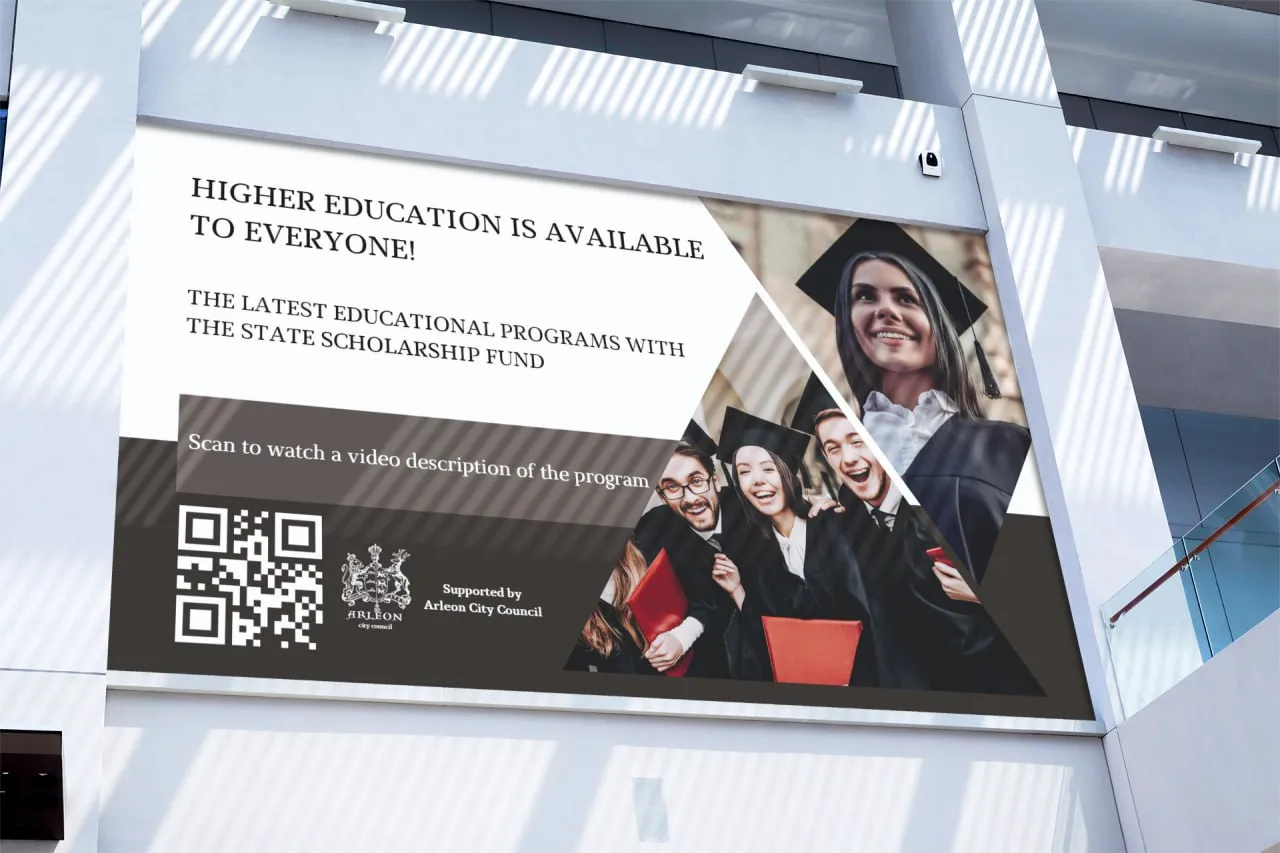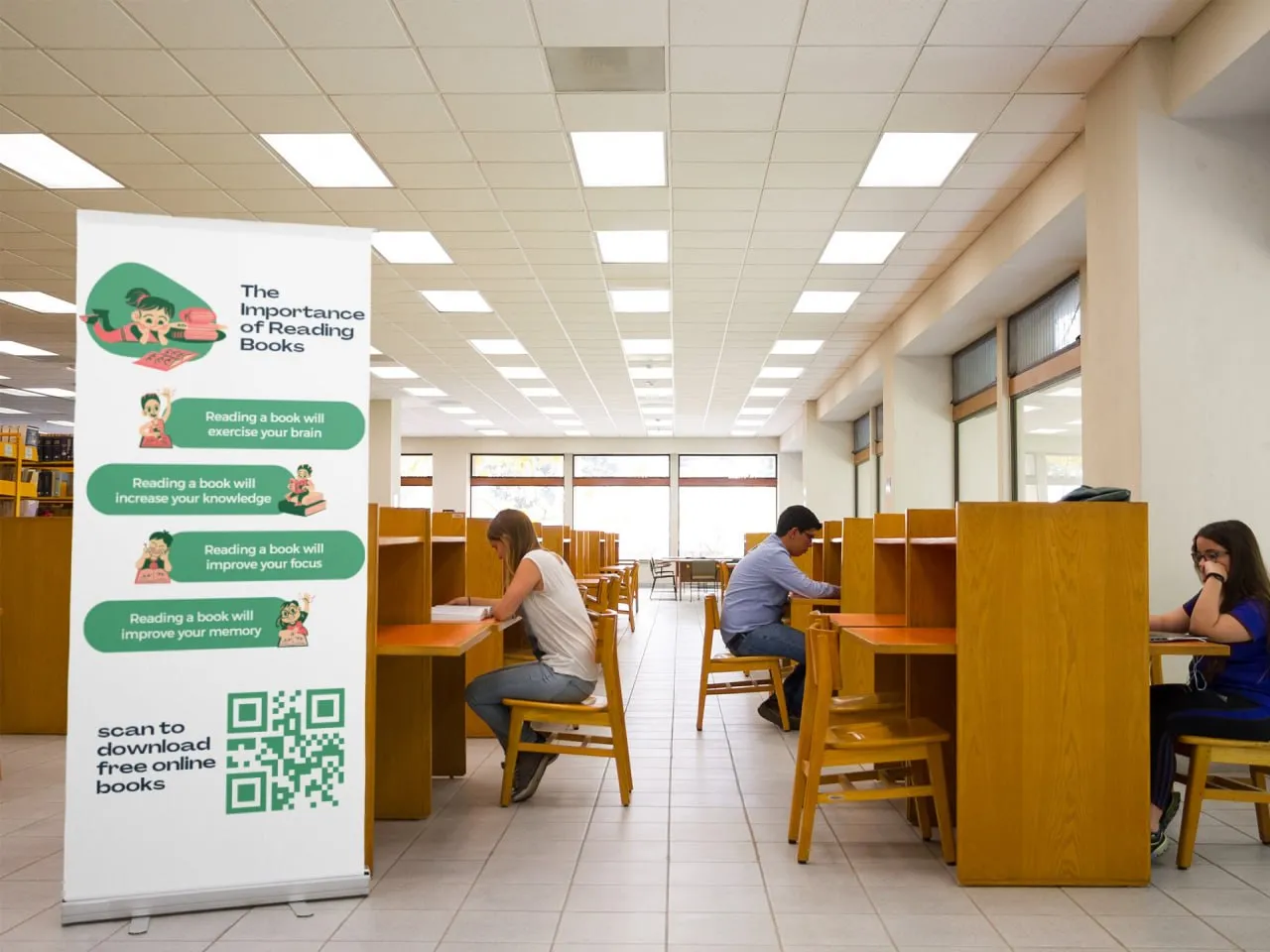

Table of Contents
1.
Benefits of QR Codes in Universities
2.
Implementation in Various University Scenarios
3.
How to create your own University QR codes?
4.
Conclusion
Exploring the Use of QR Codes in Universities
In today's fast-paced digital world, universities are embracing technology to enhance various aspects of education and campus life. One such technological innovation that has gained significant traction in recent years is the humble QR code. These two-dimensional barcodes have found their way into the educational landscape, offering a range of benefits for students, faculty, and staff. In this article, we will delve into the diverse applications and advantages of QR codes in university settings.
Benefits of QR Codes in Universities
Enhanced Accessibility to InformationQR codes provide a convenient way to access information with a simple scan using a smartphone or tablet. In universities, this translates to improved access to educational resources. Professors can embed QR codes in textbooks, lecture slides, or handouts, allowing students to quickly access additional reading materials, videos, or supplementary content. This seamless integration of digital resources fosters a richer learning experience.
Streamlined Registration and Attendance TrackingQR codes have streamlined administrative tasks in universities, particularly when it comes to registration and attendance tracking. During registration periods, students can scan QR codes to access registration forms, reducing the need for lengthy paperwork. Additionally, professors can use QR codes to simplify attendance management, making it more efficient and accurate.
Improved Campus NavigationLarge university campuses can be overwhelming for newcomers. QR codes placed strategically on campus maps and directional signs enable students and visitors to navigate with ease. Scanning a QR code can provide users with instant access to maps, building layouts, and even turn-by-turn directions, ensuring they reach their destinations without hassle.
Interactivity in Learning MaterialsQR codes inject interactivity into traditional learning materials. Professors can incorporate QR codes into textbooks to link to online quizzes, discussion forums, or multimedia content. This interactivity not only engages students but also fosters collaborative learning experiences.

Implementation in Various University Scenarios
QR codes find application in various scenarios within universities:
QR Codes for Course Materials and AssignmentsProfessors can embed QR codes in syllabi, handouts, or textbooks to direct students to digital resources, supplementary readings, or assignment submission portals.
Campus Tours and Event PromotionUniversities often organize campus tours for prospective students and their families. QR codes on brochures and signage can provide tour-goers with additional information about campus facilities and upcoming events.
Contactless Check-Ins and Security MeasuresIn the wake of the COVID-19 pandemic, contactless solutions gained prominence. QR codes enabled universities to implement touchless check-ins at libraries, dormitories, and other facilities, reducing physical contact and enhancing safety.
Digital Badges and CertificatesTo recognize student achievements and skills, universities can issue digital badges or certificates with QR codes. These codes can be verified easily by potential employers or other institutions.
L2QR
The QR code platform offers effective e-marketing solutions
Create your QR code design that will meet your brand standards with colors

How to create your own University QR codes?
Embarking on the journey of crafting your own art QR code is an exciting endeavor that doesn't require advanced design skills or a hefty budget. With a few simple steps, you can infuse your creative vision into a QR code that aligns perfectly with your brand. Here's how:1. Sign up on Link-to-QR.com
Go to link-to-qr.com. Our platform offers an intuitive and user-friendly interface for generating QR codes with a personalized touch for free.
2.Select QR Code TypeNavigate to the QR code generator website and select the appropriate QR code format based on your university's requirements. You might choose a "Contact" QR code if you want to share contact information for university departments or personnel. Alternatively, opt for a "Text" QR code to provide detailed information about a specific program, course, or event directly when scanned.
3.Input Relevant InformationProvide the necessary data that you want the QR code to access. Ensure that the information is pertinent to your university's mission, whether it's a contact number for admissions inquiries, an email address for student support, or even a calendar event for an upcoming campus activity. The key is to make the QR code serve your university's specific needs effectively.
4.Customize the QR CodeOur QR code generator offers customization options. You can change the QR code's color, add a logo, or adjust its design to make it visually appealing. Ensure that the QR code remains scannable and clear even after customization.

5.Generate and Download the QR Code
After customizing the QR code to your liking, click the "Generate" or "Create QR Code" button. The website will generate your QR code. You can typically download it in a common image format like PNG or SVG.
6.Test the QR CodeBefore deploying the QR code for official use, it's crucial to test it. Use a QR code scanning app or your smartphone's camera to scan the code and confirm that it correctly links to the intended webpage or resource.
7.Distribute or Share the QR CodeWith a functional QR code in hand, you can incorporate it into university materials, such as brochures, posters, or digital presentations. Additionally, you can share the QR code electronically through email, social media platforms, or your university's website to provide easy access to the linked content.
Conclusion
In conclusion, QR codes have become valuable tools in the higher education landscape, offering convenience, interactivity, and efficiency. As technology continues to evolve, universities are likely to explore even more creative and beneficial uses for QR codes in the years to come. By addressing challenges and ensuring accessibility, universities can harness the full potential of QR codes to enhance the educational experience for all stakeholders.